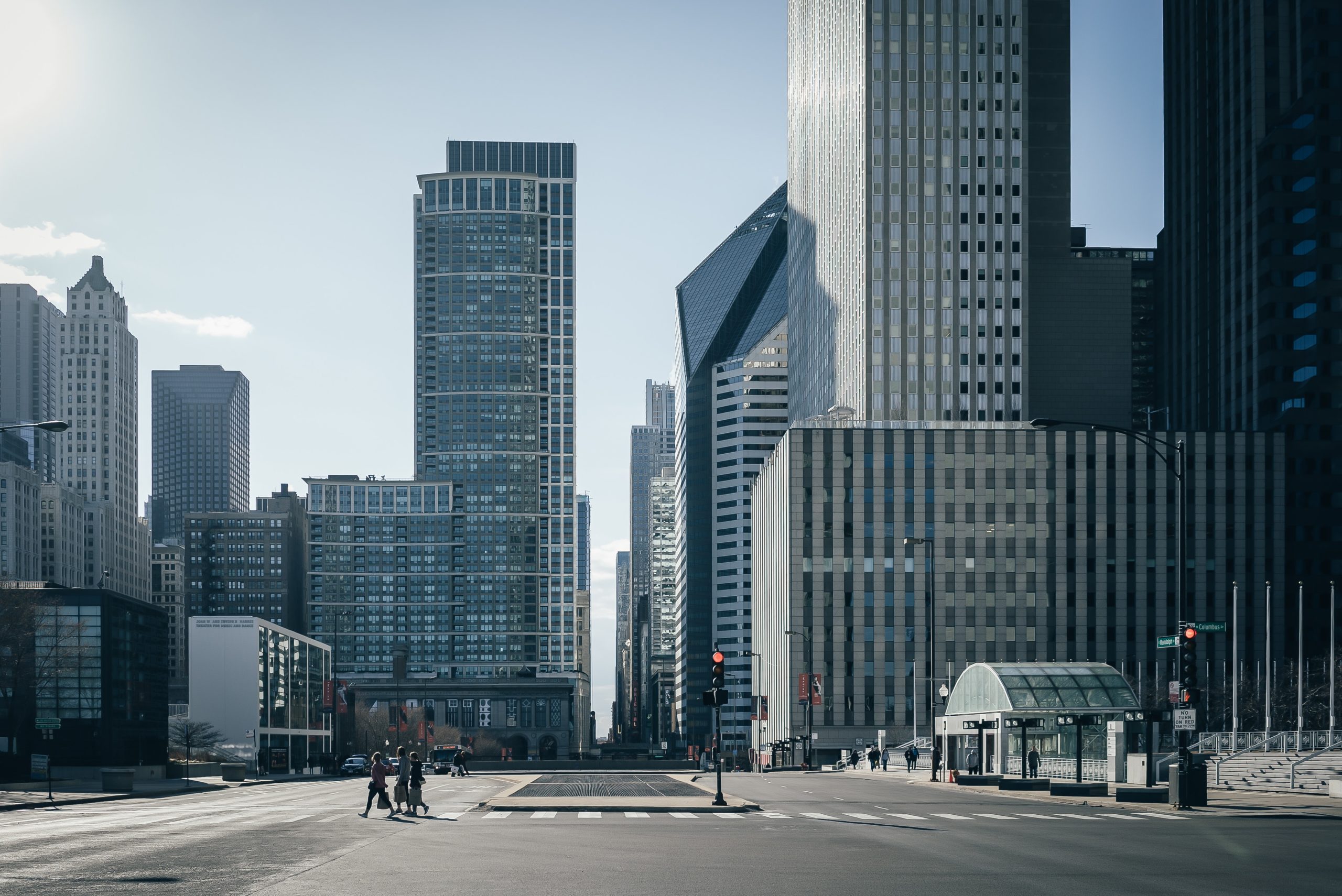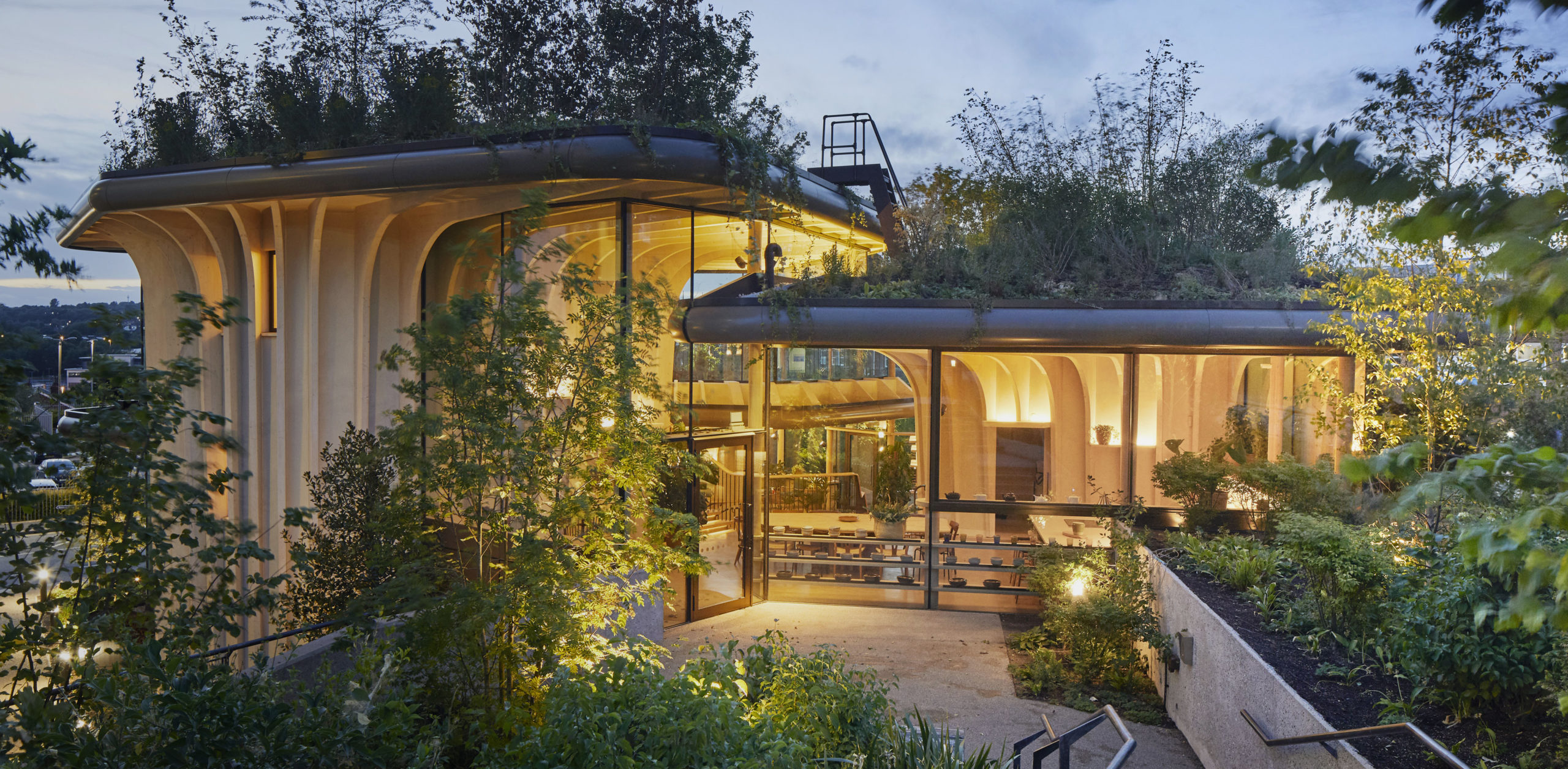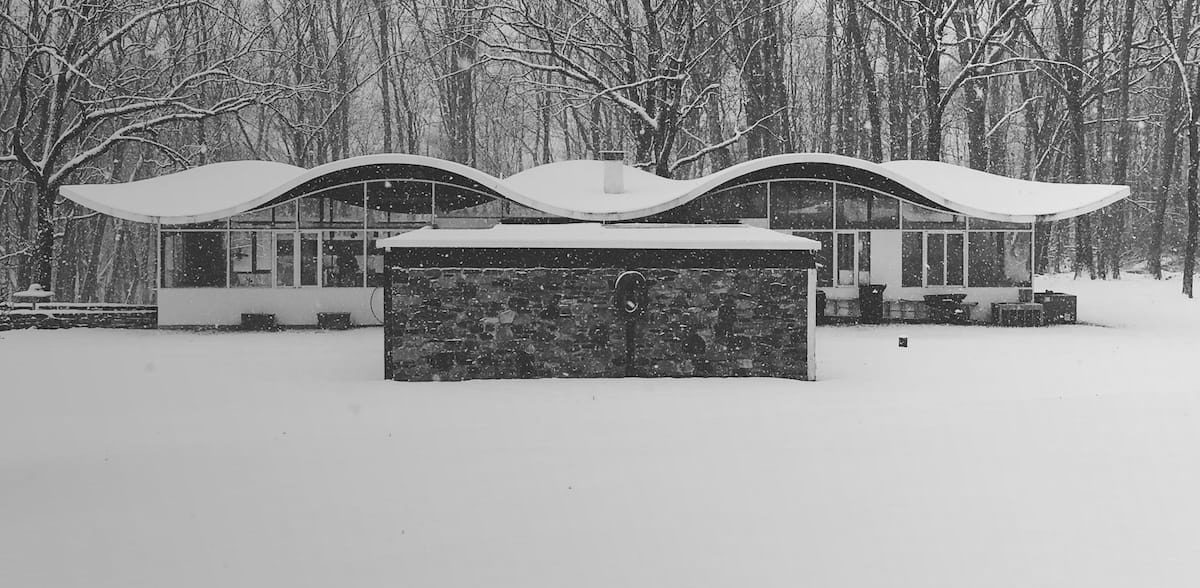Architects: Want to have your project featured? Showcase your work by uploading projects to Architizer and sign up for our inspirational newsletters.
Every year millions of birds die colliding with the glass surfaces of buildings. In addition to the obvious curtain wall culprits (skyscrapers), the glazed areas of smaller scale structures are also to blame. Transparent or reflective glass surfaces create the illusion of a continuous landscape, tricking birds into believing they have a clear flying path.
Laws have been passed across several towns and cities to mandate bird-friendly design. This began on a smaller scale in 2008, in Cook County in Illinois; three years later, San Francisco was the first major city to adopt such legislation. Other regions with proposed legislation include Oakland, San Jose, Richmond, Alameda, Mountain View, Portland, Highland Park and Howard County.
In 2020, the US House of Representatives passed the Bird-Safe Buildings Act to reduce the amount of glass used for federal buildings. The New York City Council also recently adopted Local Law no. 15 that mandates newly constructed or altered buildings to incorporate materials that help in reducing bird strikes. Earlier this year, Illinois’ governor signed legislation that requires state-owned buildings to be built and renovated with bird-safe design in mind.

Image by Ricardo Esquivel
The Virginia-based non-profit organization American Bird Conservancy (ABC) has created a model ordinance based on a 100/100/100 model; it proposes that “100% of new buildings should be built using 100% bird-friendly materials in the first 100 feet above grade.” National Audubon Society and Canada-based FLAP have also been actively working to create awareness and help craft guidelines for bird-friendly design practices.
Meanwhile, Dr. Daniel Klem Jr., who is the Sarkis Acopian Professor of Ornithology and Conservation Biology at Muhlenberg College, has done excessive research on the subject, holds several patents for window design and has been a vocal advocating for the protection of birds. These practices include limiting the percentage of transparent or reflective glass in the overall building exterior; including glass with visual pattens for birds to prevent that from striking; limiting the amount of exterior lighting; reducing visible interior lighting; and limiting the visibility and reflection of plants on or through reflective surfaces.
These measures are easier to incorporate into smaller buildings. For private homes, it is important to identify the windows that experience the highest number of collisions, and to replace or modify these panes. In addition, windows close to bird feeders and those that reflect greenery should be changed.
Birds often avoid glass with strips that are ⅛” wide and spaced 2″ apart. Patterns with dots that have a diameter of ¼” work as well. Residents can also use non-toxic tempera paints, tape or window decals to create decorative patterns on the glass. Window films, insect screens, bird screens and shades are also convenient options.
For larger buildings, reducing the number of glazed surfaces is important. Structures should also opt for non-reflective opaque materials when possible. Designers can also consider external additions like grills, shutters or decorative panels. Companies like Walker, Guardian, Ornilux, GlassPro and Viracon also produce bird-safe glass for external surfaces.
Designers must also try and eliminate high-threat features like enclosed glass walkways, glass railings, windowed courtyards or other conditions where birds have a clear line of sight to the sky or vegetation on the other side. Lighting that creates direct glares should also be avoided. If the building has a green roof, the glass surfaces around it should have protective measures.
Architects: Want to have your project featured? Showcase your work by uploading projects to Architizer and sign up for our inspirational newsletters.




